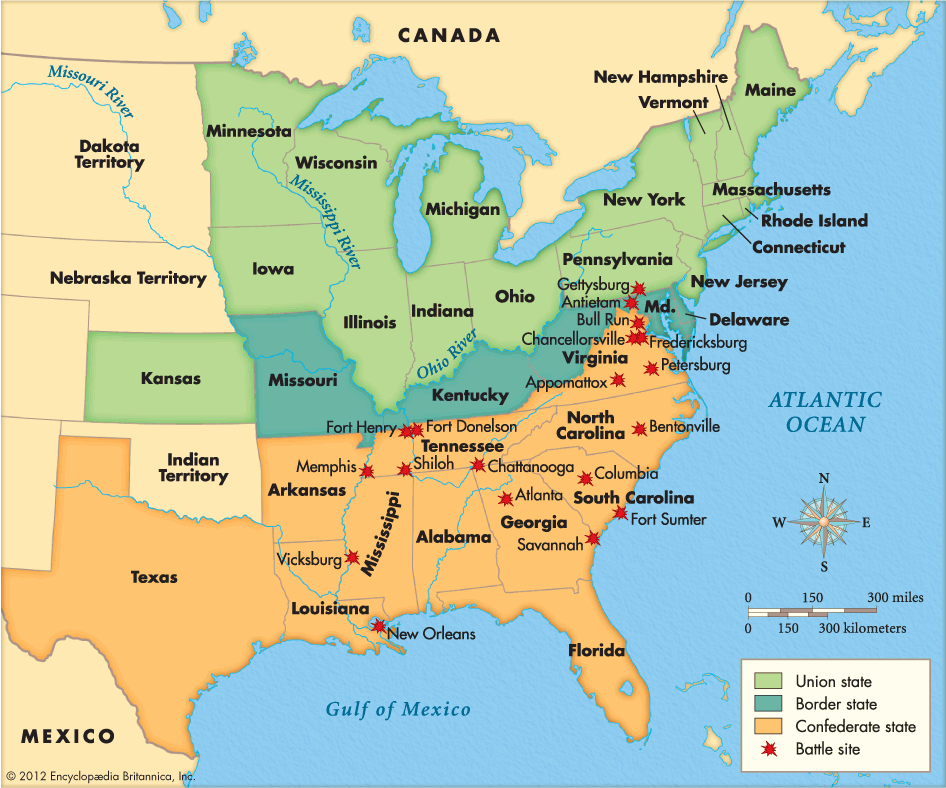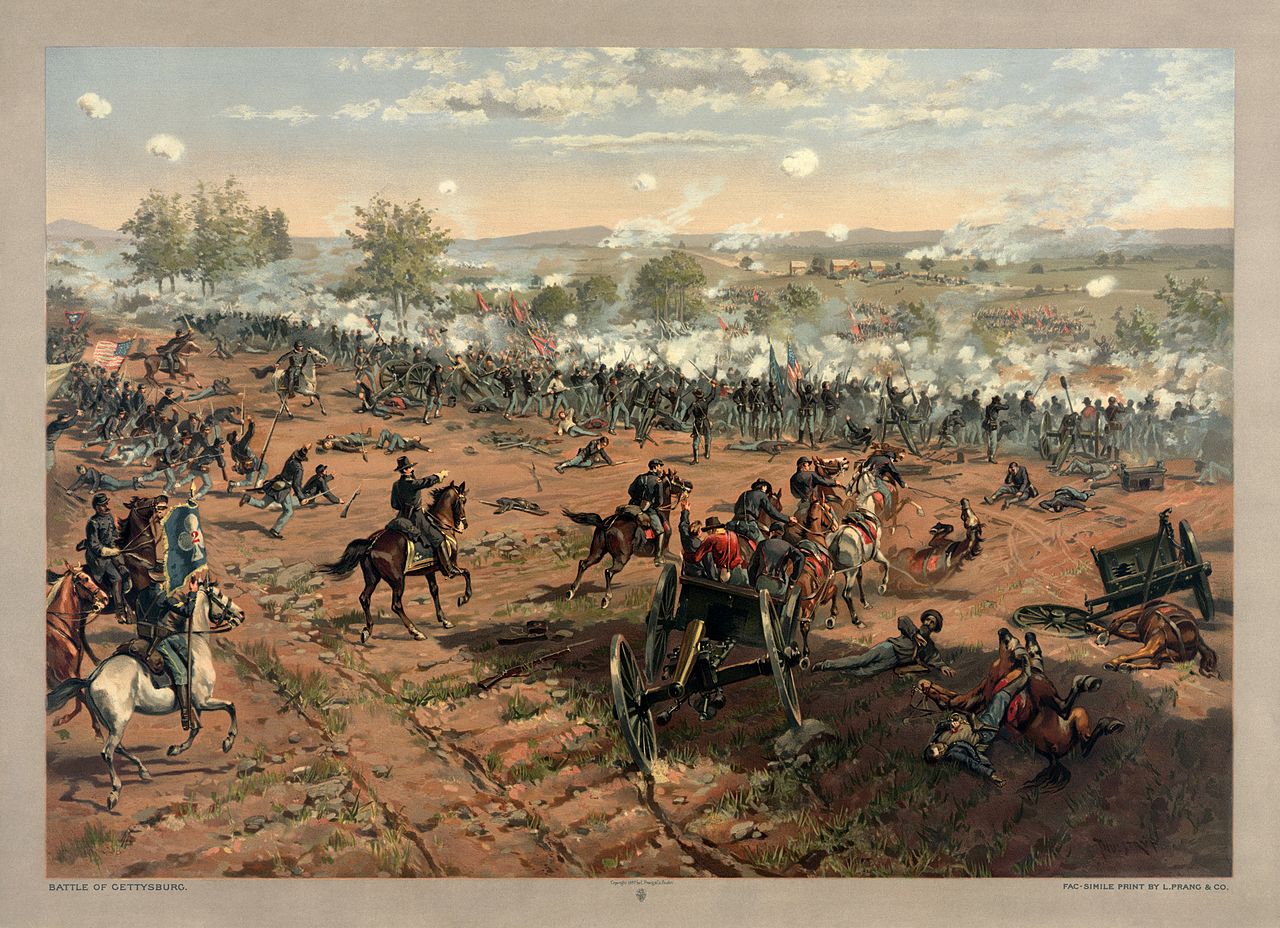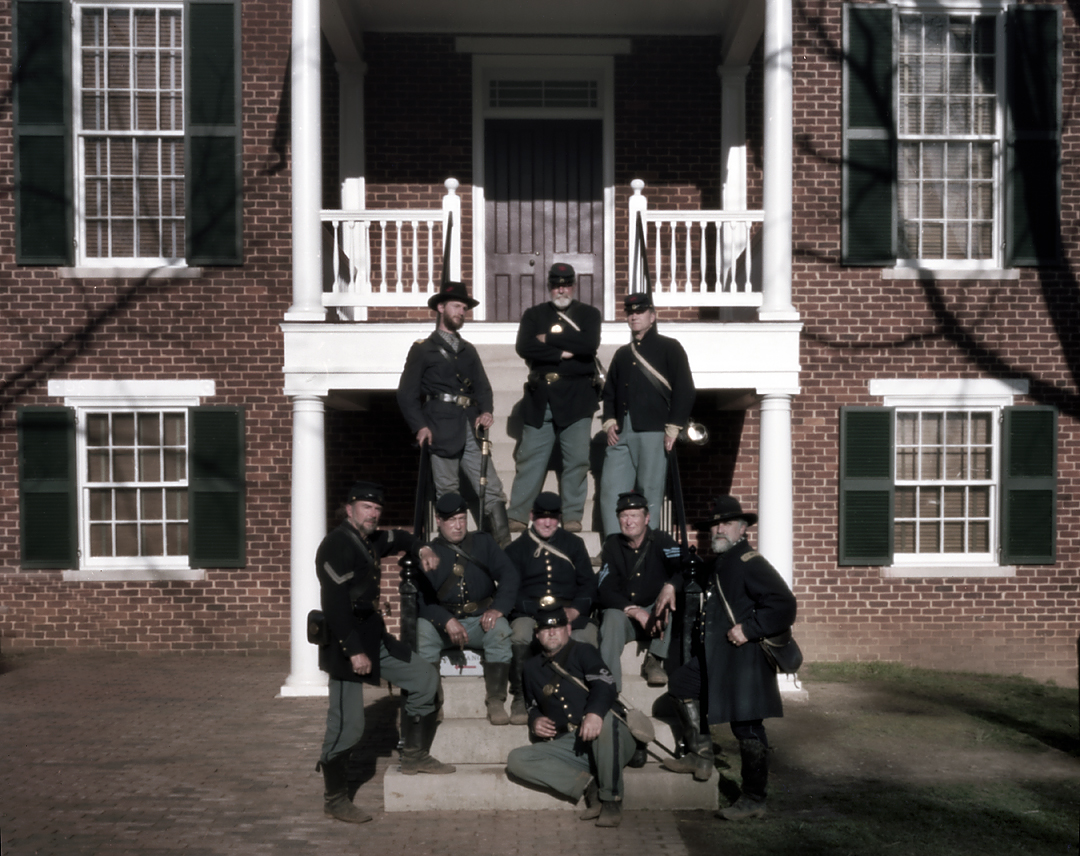Each July, upwards of 15,000 reenactors flood the roads of Gettysburg, Pennsylvania to take part in the three day event re-capturing the events of July 1-3, 1863 (Turner 54). The infatuation with Civil War history features a strong split in America, as so many people commit to acting out the very basics of battle while most Americans are unaware what state Gettysburg lies in. This is a key separation in Irish and American culture as the Irish reenactment serves to commemorate an entire nation rather than exclude it to one group of people choosing to reenact.

Like standard Civil War art work, reenactment is one’s artistically expression of a historical event. Members obsess over the exact details of every move in the battles while filling in the missing pieces with their own interpretation (Bates 54).

Gettysburg is not the only battle site where reenacting is popular. Several other battle grounds like Antietam, Shiloh, and Fredericksburg feature summer festivals as well (Mullins). Reenactors are often stationed for work at other important sites of the Civil War, as well as various museums across the country (Bates 14).

In America, the reenactment culture is extremely glorified activity as it gives people an opportunity to escape their “regular” lives and essentially live in a simpler and more patriotic time and celebrate the masculinity that is assumed with men of the 1860’s. Participants go to extremes as they build websites dedicated to the correct brass buttons to fit the 1860’s and form Facebook pages with the members of an entire company. The culture is a closed off group and essentially a club devoted to giving people a way to commemorate the Civil War by displaying the material objects used at the time and events themselves rather than showing the reason for conflict or the beliefs of the men. Oppositely, the reenactment culture in Ireland is less exclusive and the very basis of the events are to remind the participants and spectators the reasons violence was just for the time. Rather than showing the true horrors of the Civil War, most festivals celebrate this era and the objects and events that composed it and praise the men and women who lived throughout a dark time in American history.
Upon watching this video, it is evident that the Confederate reenactor takes great pride in the history of the Civil War and obsesses over the uniform and company he is part of. However, there is no acknowledgment of the fact that he is representing a figure who in some form or another supported slavery.
Connection to the Easter Rising
The overall similarity is that the events are supposed to represent events that were incredibly meaningful and still impact our culture in the 21st century. The difference is what these events actually represent in contrast to what they are supposed to represent. Furthermore, both Civil War and Irish Rising reenactments attempt to turn events that at the time were received critically into productions to bring joy to participants (Akca Berk). The specifics of each reenactor are similar across both cultures as they both tend to small details and the look of their garments, however American reenactors use the uniform to fulfill personal enjoyment and escape while the Irish reeanctors seek remembrance while still commemorating in a method they enjoy.
